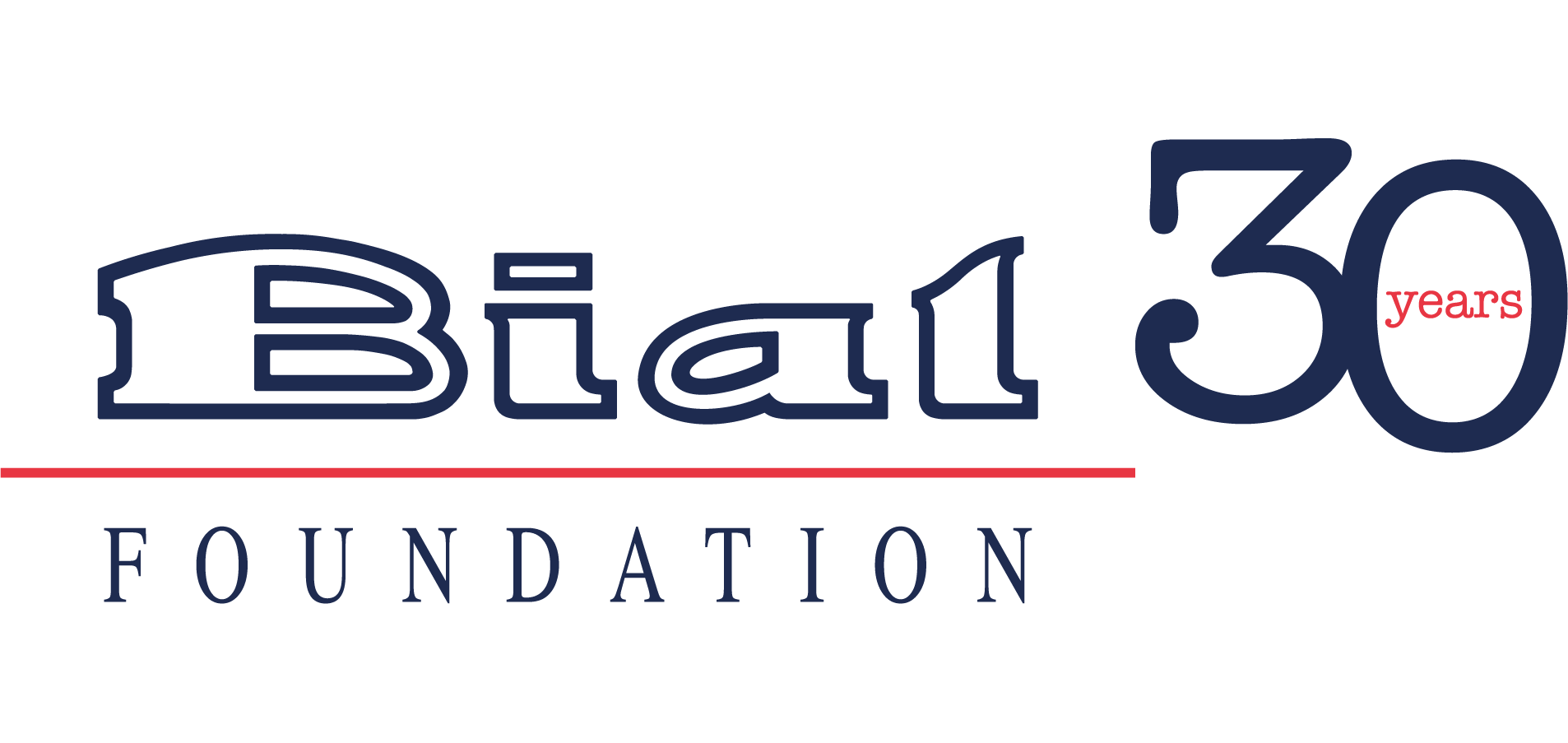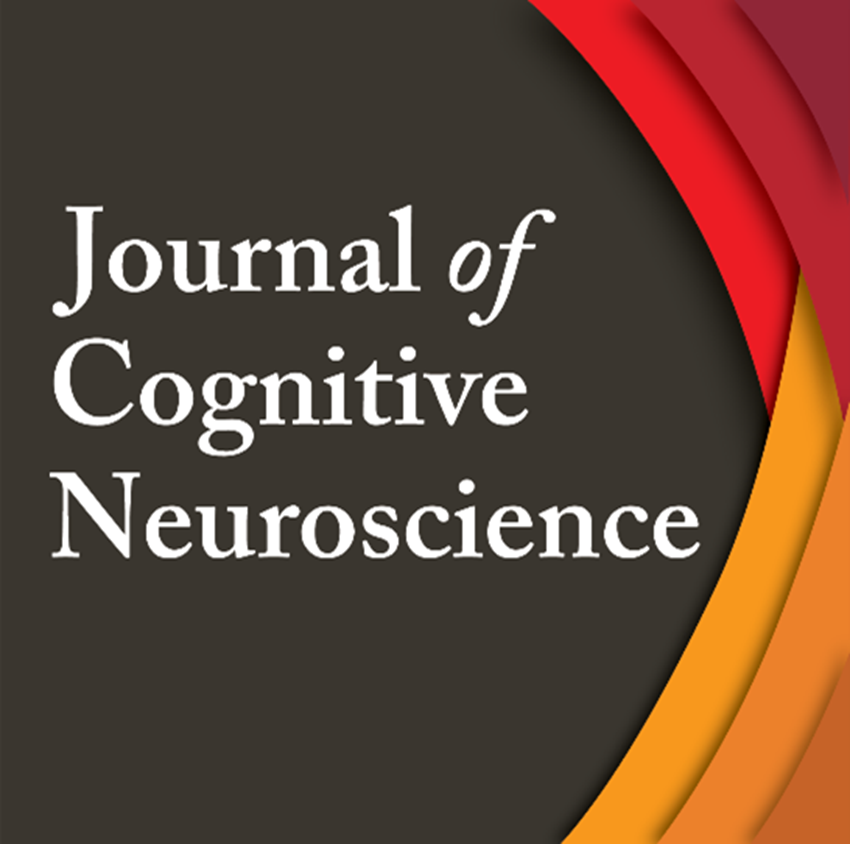Ignacio Obeso, principal investigator of the research project 230/18 - Unraveling the mechanisms behind automatic and emotional control: Psychophysiological, cortical excitability and functional connectivity measures, supported by the BIAL Foundation, aimed to test the possible direct role of supplementary motor area (SMA) in automatic and voluntary response inhibition by resourcing to two noninvasive brain stimulation (NIBS) inhibitory techniques over SMA, namely repetitive transcranial magnetic stimulation (rTMS) and transcranial static magnetic field stimulation (tSMS). Participants received both real and sham NBS techniques over SMA. No relevant impact of treatment (rTMS, tSMS) or condition (real, sham) was seen in the training or test phases of a go/no-go learning task and a stop signal task. It seems that SMA has a reduced or indirect involvement in automatic control of behavior. These results are detailed in the paper The supplementary motor area and automatic cognitive control: Lack of evidence from two neuromodulation techniques published in the Journal of Cognitive Neuroscience.
ABSTRACT
The SMA is fundamental in planning voluntary movements and execution of some cognitive control operations. Specifically, the SMA has been known to play a dominant role in controlling goal-directed actions as well as those that are highly predicted (i.e., automatic). Yet, the essential contribution of SMA in goal-directed or automatic control of behavior is scarce. Our objective was to test the possible direct role of SMA in automatic and voluntary response inhibition. We separately applied two noninvasive brain stimulation (NIBS) inhibitory techniques over SMA: either continuous theta-burst stimulation using repetitive transcranial magnetic stimulation or transcranial static magnetic field stimulation. Each NIBS technique was performed in a randomized, crossover, sham-controlled design. Before applying NIBS, participants practiced a go/no-go learning task where associations between stimulus and stopping behaviors were created (initiation and inhibition). After applying each NIBS, participants performed a go/no-go task with reversed associations (automatic control) and the stop signal task (voluntary control). Learning associations between stimuli and response initiation/inhibition was achieved by participants and therefore automatized during training. However, no significant differences between real and sham NIBS were found in either automatic (go/no-go learning task) or voluntary inhibition (stop signal task), with Bayesian statistics providing moderate evidence of absence. In conclusion, our results are compatible with a nondirect involvement of SMA in automatic control of behavior. Further studies are needed to prove a noncausal link between prior neuroimaging findings relative to SMA controlling functions and the observed behavior.



































































